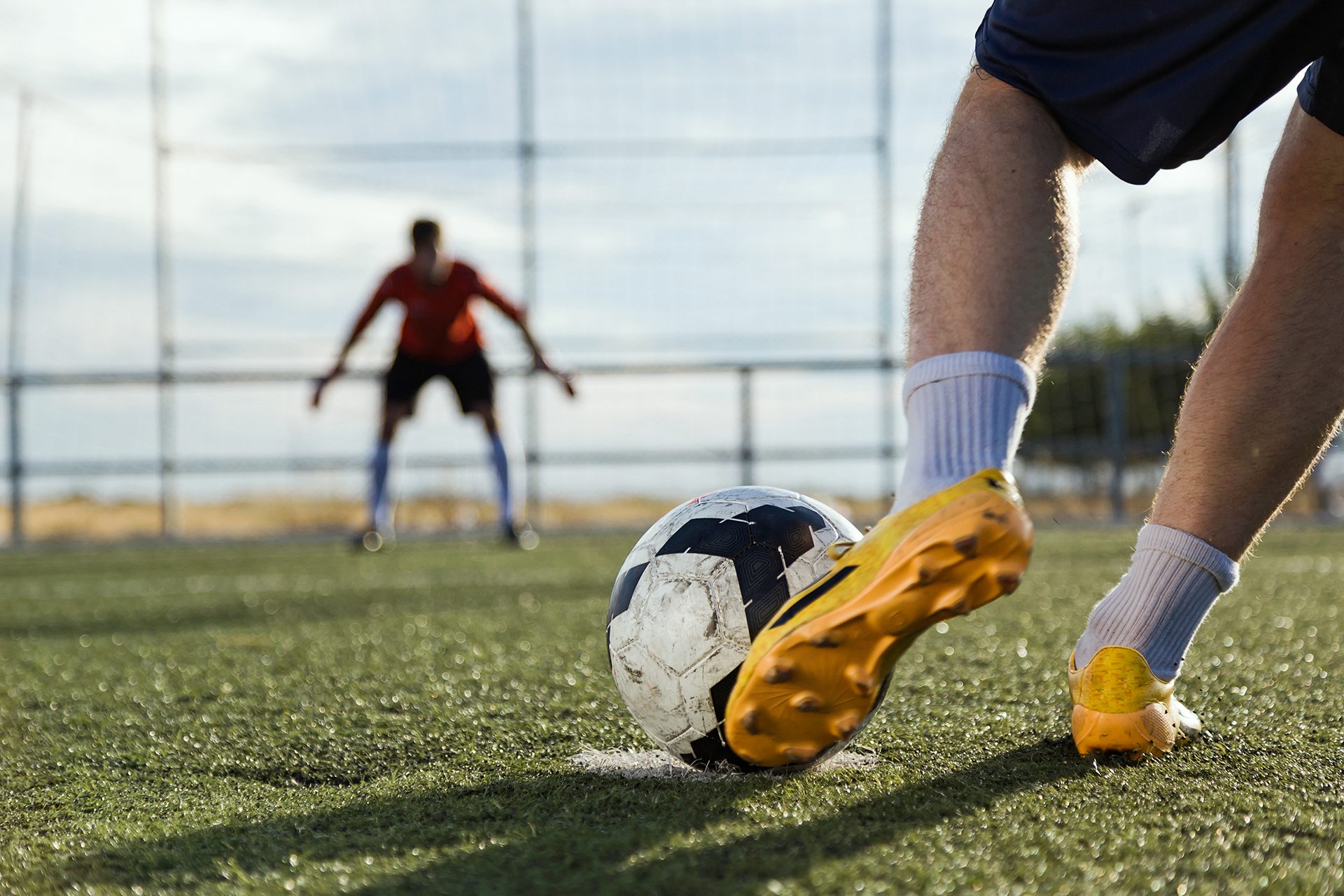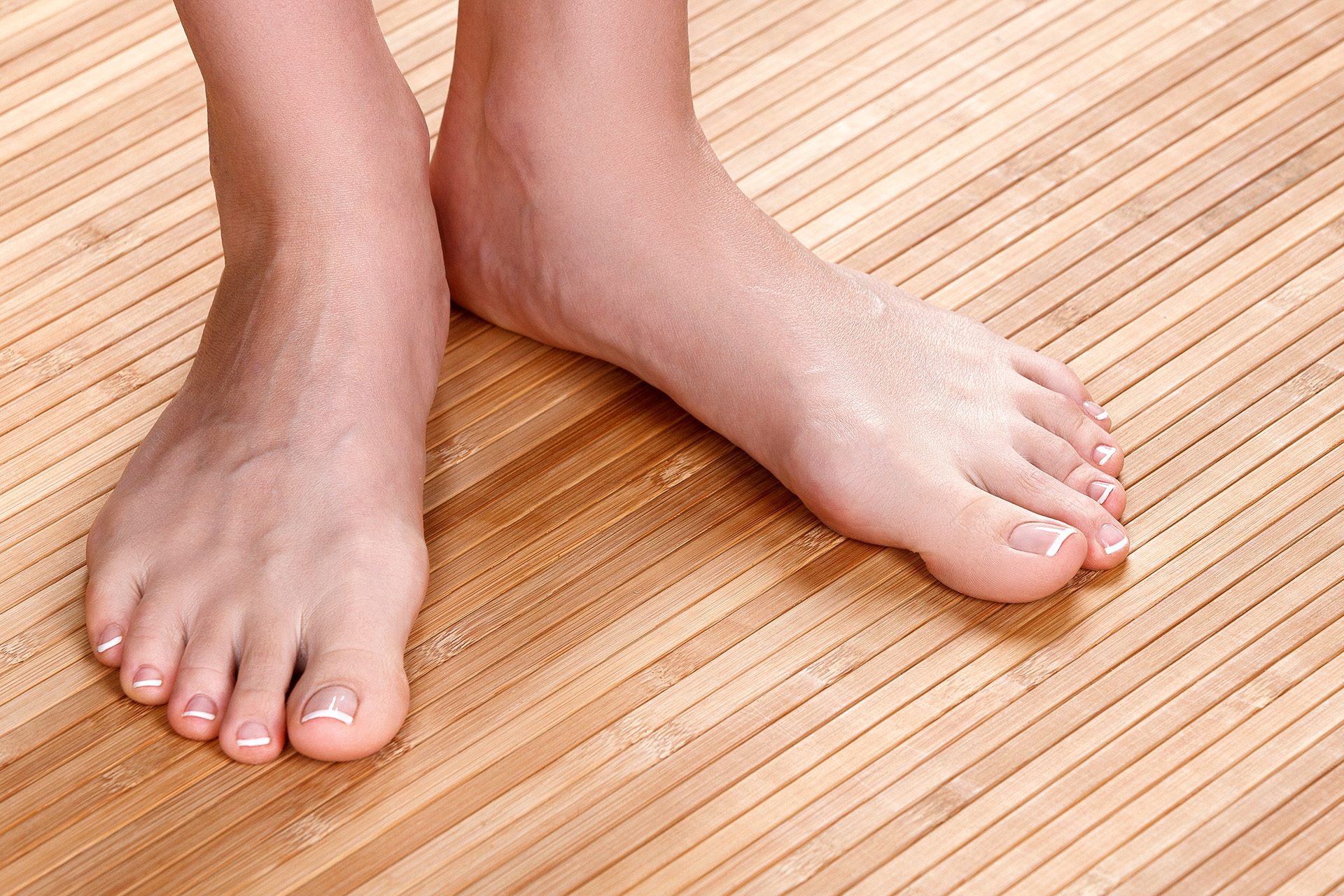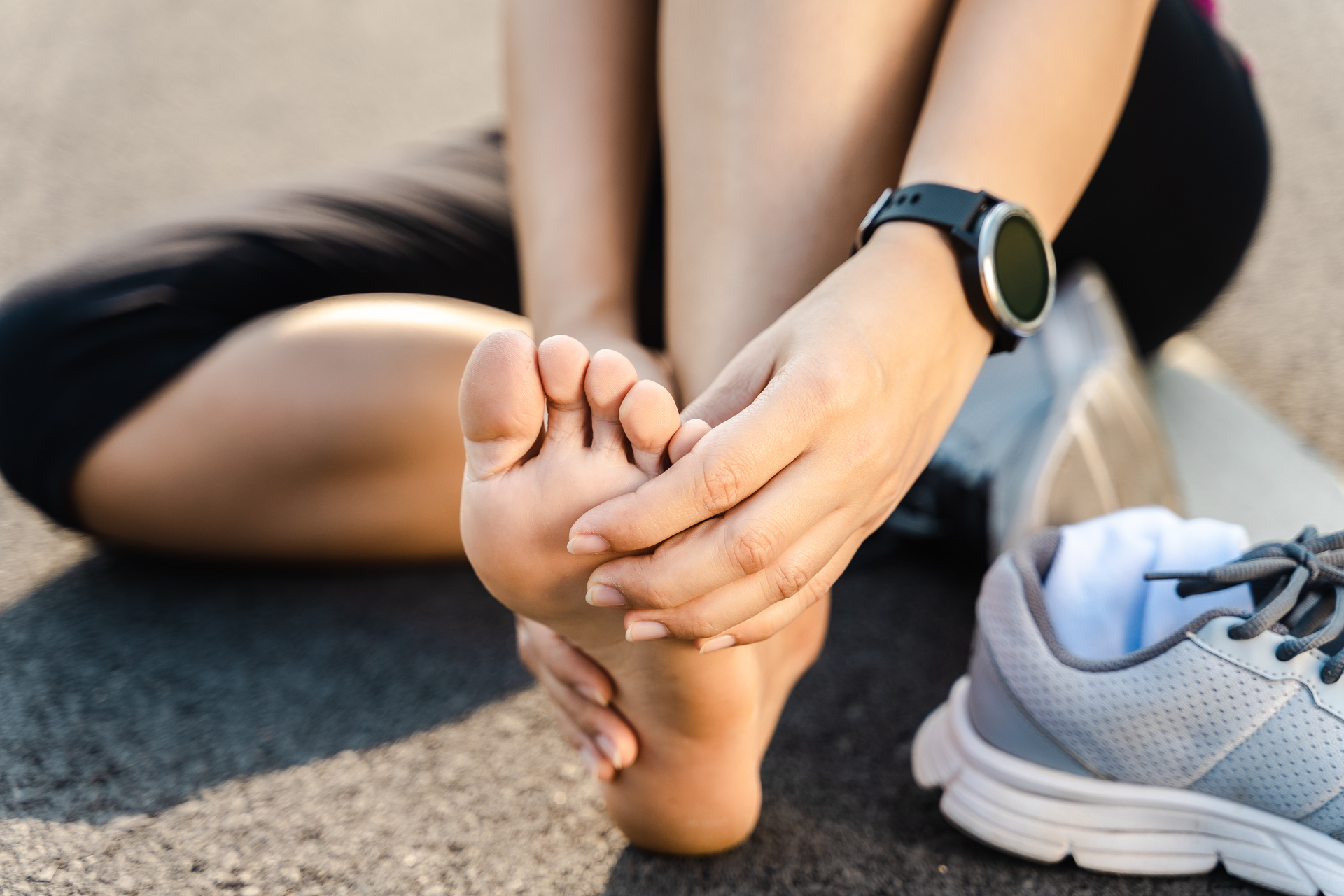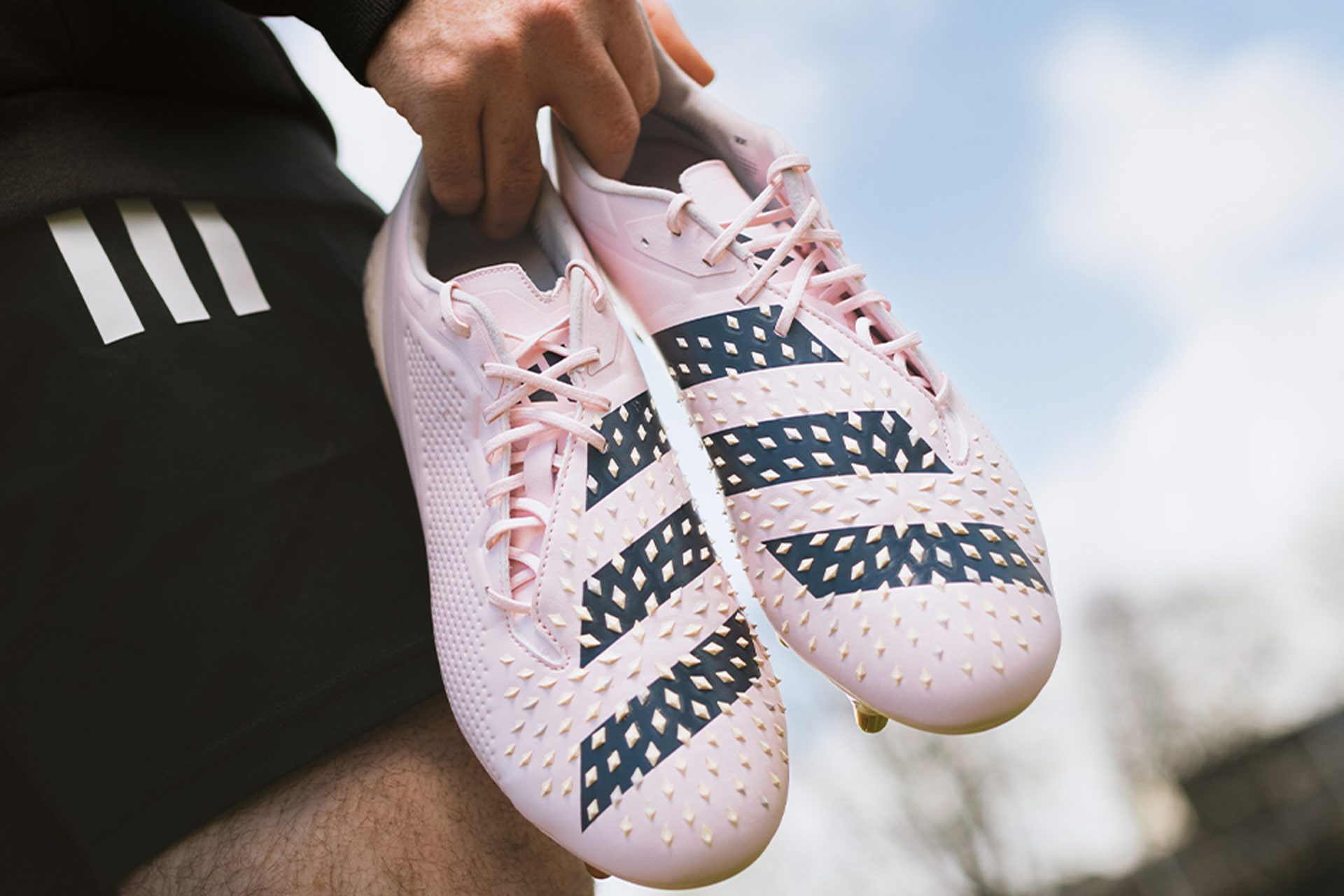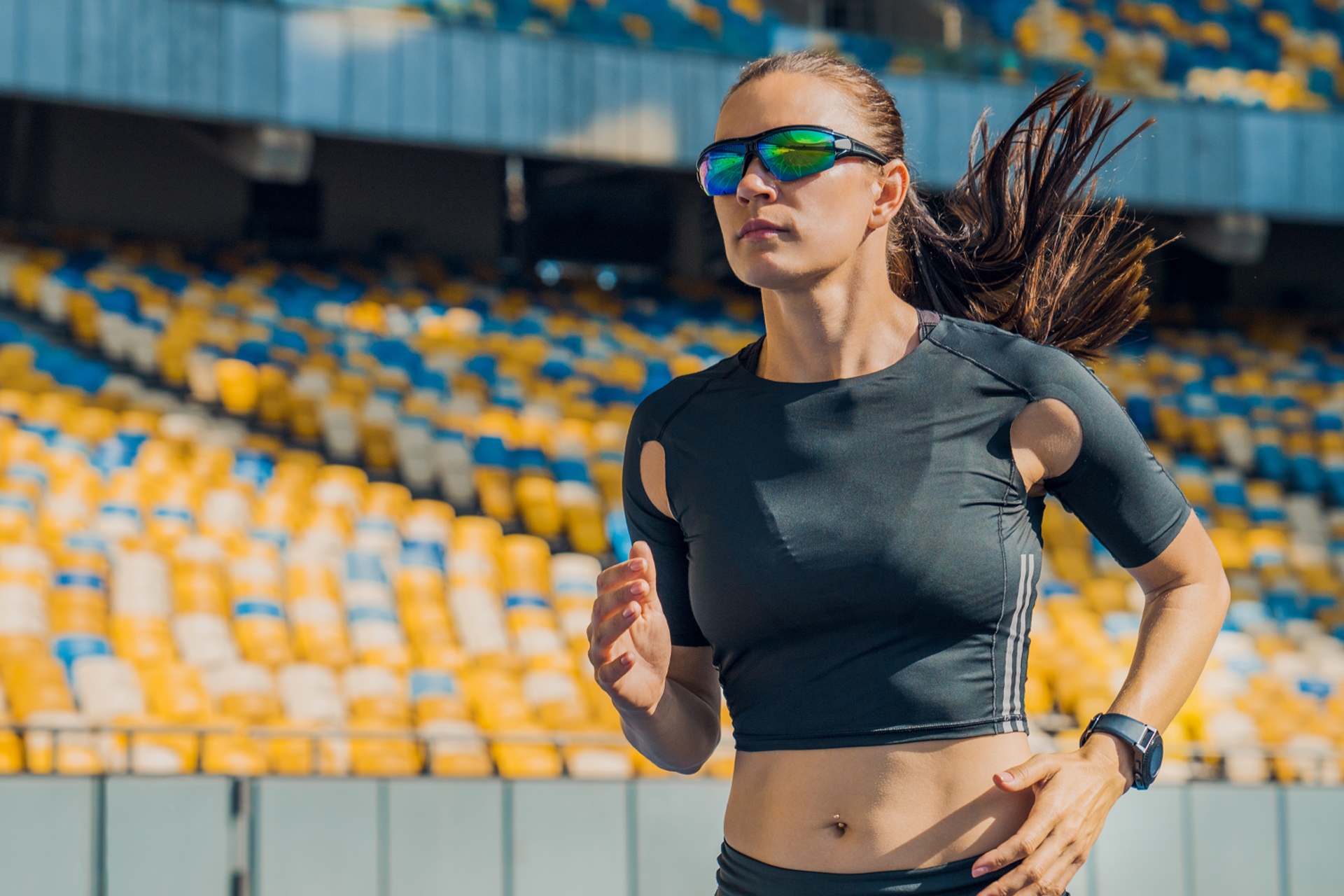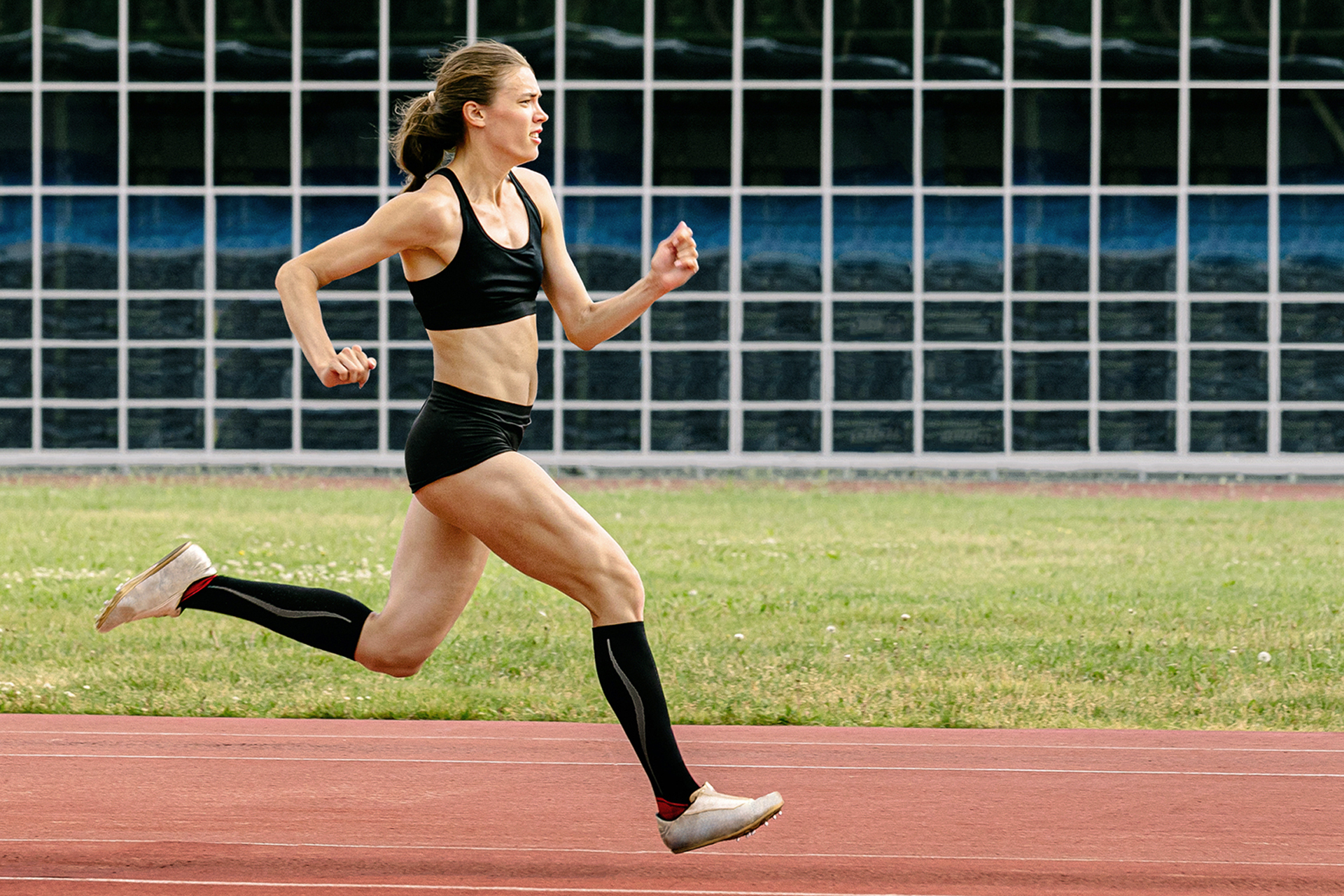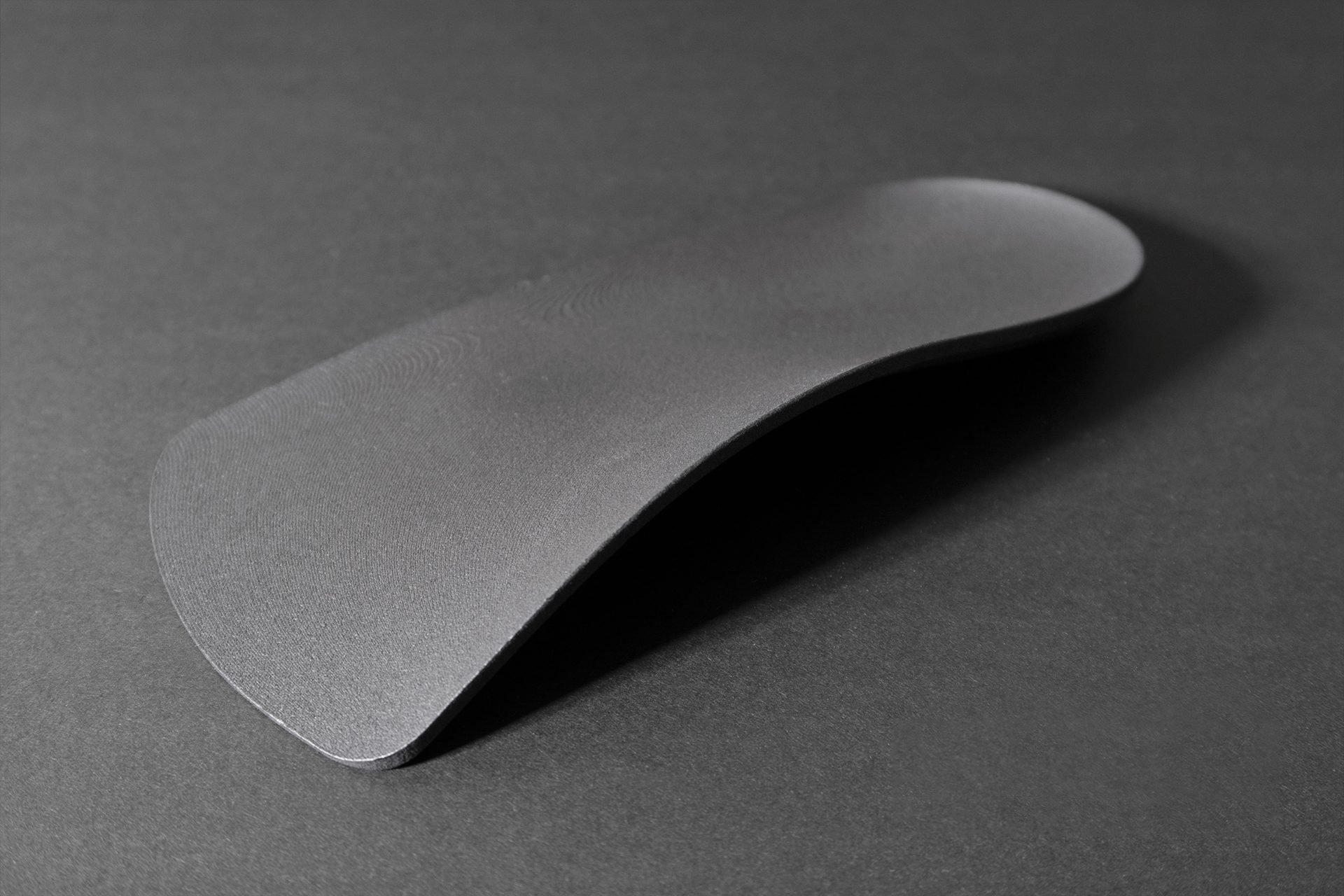What Is Turf Toe?
Turf toe is a relatively new injury as it has to do with the type of surfaces that athletes compete on. Harder surfaces, like tennis courts or astral turf, create more stress on the ligaments surrounding the metatarsophalangeal (MTP) joint capsule, causing injury to the big toe, or hallux.
The MTP joint capsule is the area damaged by turf toe and consists of the following anatomical components:
- Collateral Ligaments These are ligaments on either side of the big toe, and are meant to prevent the toe from shifting too far left or right. If they are weak or damaged, these ligaments may not provide adequate stability for the hallux.
- Flexor Hallucis Vrevis This is the muscle that connects to the hallux, and runs through the foot. Turf toe creates pain in this muscle when the big toe is extended.
- Plantar Plate The plantar plate is a broad ligament that sits underneath the toes. It provides vital stability to the hallux, and connects parts of the MTP joint capsule together, like the flexor hallucis brevis and the sesamoids.
- Sesamoids The sesamoids are two small bones, embedded into the flexor hallucis brevis. They act as pulleys for the tendons within the hallux, allowing the toe to move normally.
If you’re not sure if you’re experiencing a toe turf injury, schedule an appointment with our podiatrist today for a proper assessment for sports injuries in Singapore to reduce your pain and get you back to optimal performance.
Primary Causes and Symptoms of Turf Toe
Turf toe is most commonly found in athletes who have to push off their feet with great explosive power onto hard surfaces. Exerting force on the hallux can damage any part of the MTP joint capsule, including the tendon, joints, muscle, or soft tissue. The injury can arise from one instance, like a bad fall after a tackle, or it can be damage accumulated over time.
Common symptoms of turf toe include:
- Limited range of motion
- Swelling and bruising around the base of the big toe
- General pain or tenderness, especially when weight is put on the big toe
- Stiffness in the big toe joint
- Looseness in the big toe joint
Podiatry treatments can help stabilise the big toe joint and allow time for healing to prevent turf toe and recurrent injury.
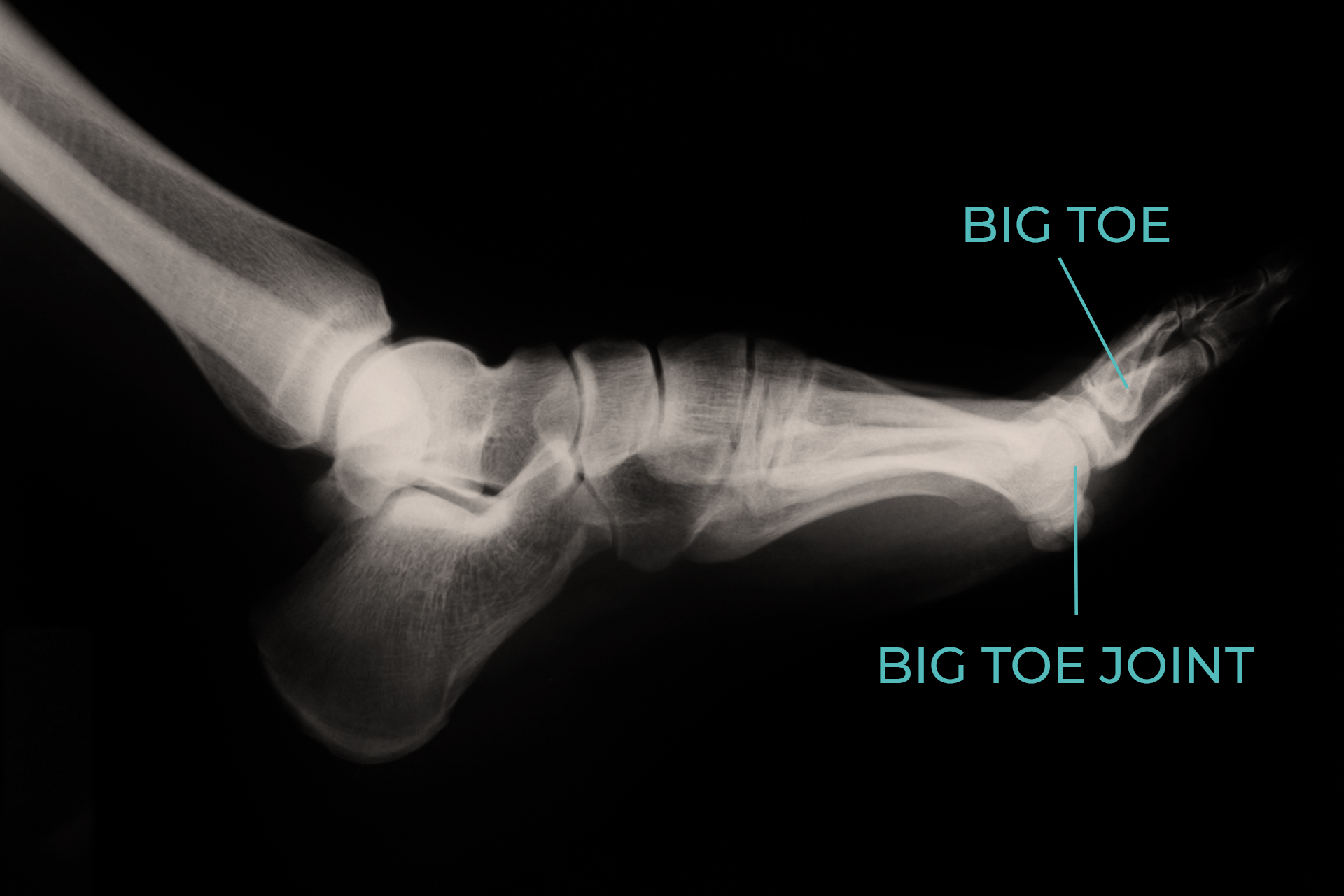
How Is Turf Toe Diagnosed?
If your podiatrist or foot doctor believes you have turf toe, they will conduct several tests. The first test is usually to examine your range of motion, and to check when turf toe pain occurs in the hallux during that range of motion. They may manually move your toe to check for tenderness or ask you to try extending your big toe.
Subsequent tests could include an MRI to examine the MTP joint capsule more closely, and see which element of the capsule is specifically affected. Turf toe treatment may vary depending on whether it is damaged by bone, ligament, tendon, muscle, or soft tissue.
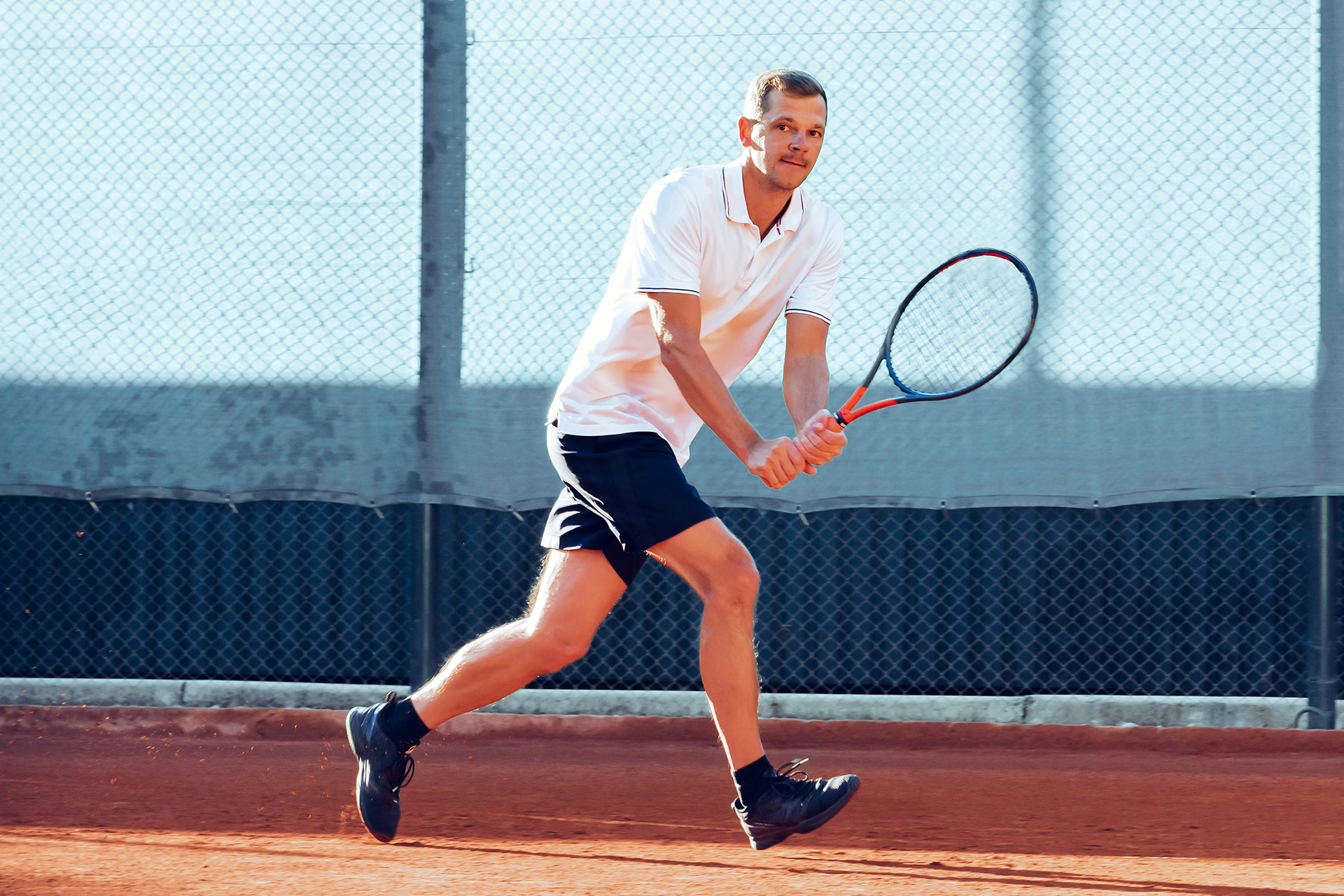
Risk Factors and Impact Of Turf Toe On Athletes
Turf toe is more likely to occur in athletes who participate in sports that necessitate placing explosive pressure on their feet to hard surfaces, to move swiftly.
These sports include tennis, football, or rugby. It is especially common in rugby players, where the player has to press their toes hard against the ground, overextending their hallux as they push off in a scrimmage. As mentioned, turf toe can also happen when the athlete falls unexpectedly, which is very frequent in this high-contact sport. For example, if a player is tackled from behind, their hallux may be overextended as they fall forward.
The foot injury is not limited to contact sports. Sprinters have to place great pressure on their front toe during push-off, while gymnasts and ballerinas put a lot of force on their big toe during certain movements.
Though the sports injury is not as prevalent as ankle sprains for athletes, researchers have found that turf toe recovery time takes longer than ankle sprains. This means that despite being less common, turf toe forces athletes out of their sport for a longer period of time.
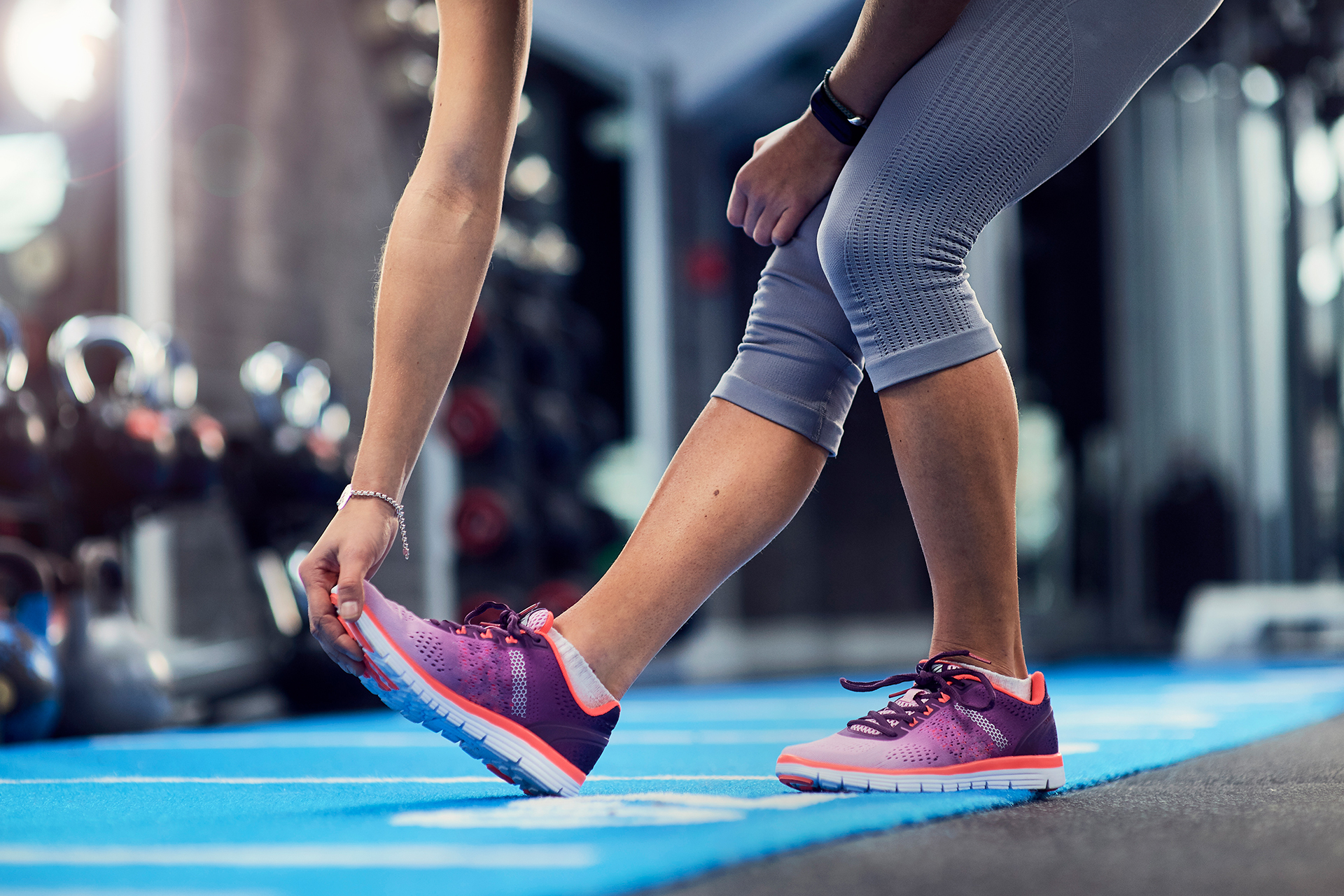
Can I Prevent Getting Turf Toe?
It’s important that your shoes have stiffer soles to keep your toes in place and prevent hyperextension of the hallux. Research has found that turf toe is more likely with patients who use soft-sole shoes. The less rigid the shoe, the more likely it is that it can be forced into a position detrimental to your hallux and the MTP joint capsule.
You can also use other methods to ensure your toe remains stable, like applying tape or turf toe braces to your hallux before engaging in sports. This could help prevent your toe from moving in ways it shouldn’t, thus maintaining the health of the ligaments, muscles, joints, and bones.
The simplest turf toe prevention is to avoid playing certain sports. This, however, is far from an ideal solution as it can greatly compromise your quality of life and enjoyment of activities. You can ensure that you have ample time between athletic activities for your foot to rest. Incorporating rest days is critical to avoiding injuries of all kinds. If your big toe does start to hurt, visit your doctor rather than attempting to power through. You’ll spend more time on the bench to if your injury becomes serious.
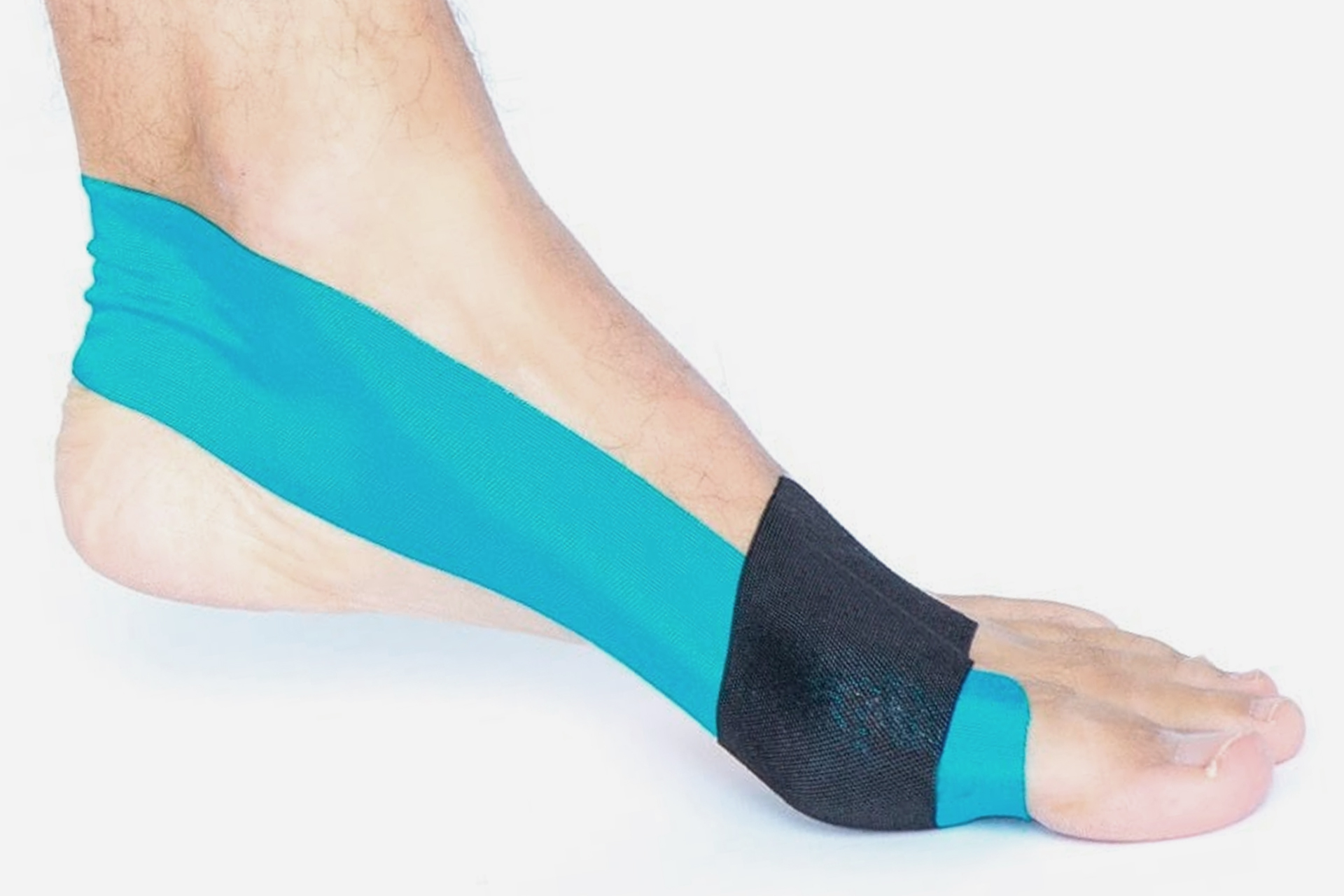
Podiatric Assessment and Treatment Guide on How To Heal Turf Toe
Your podiatrist can evaluate your foot first to see whether you have turf toe, and if so, how severe your condition is. There are different degrees of the musculoskeletal dysfunction that necessitate different levels of treatment. For example, some patients with turf toe can continue physical activity with mild pain, while others may have severely torn soft tissue and cannot bear any weight on the forefoot at all.
Different treatment options will be presented to you by your podiatrist depending on the severity of your condition to benefit turf toe healing.
- For patients who develop the condition after an acute injury, immediate treatment for turf toe should be the RICE acronym of Rest, Ice, Compression, and Elevation. Rest is a very important part of recovering from turf toe, but is also the one hardest to get patients to do, especially for eager athletes.
- Your podiatrist may also suggest non-inflammatory drugs to reduce some of the uncomfortable symptoms of turf toe.
- Turf toe taping supports and prevents your toe from bending can help protect the ligament giving your toe time to heal and return to optimal function.
- You may need a restrictive boot to ensure the toe does not move at all, or your podiatrist may show you how to tape your toe to reduce movement.
- Your podiatrist may also prescribe custom-made orthoses. Orthoses are a medical insole that can be slipped into your shoe, to provide more stability to the foot and accommodate for a softer sole. Orthoses are tailored to your condition and are designed to best support your foot in its injury.
In some cases, surgery may be needed to treat the condition if conservative turf toe rehab and treatments like the ones above fail.
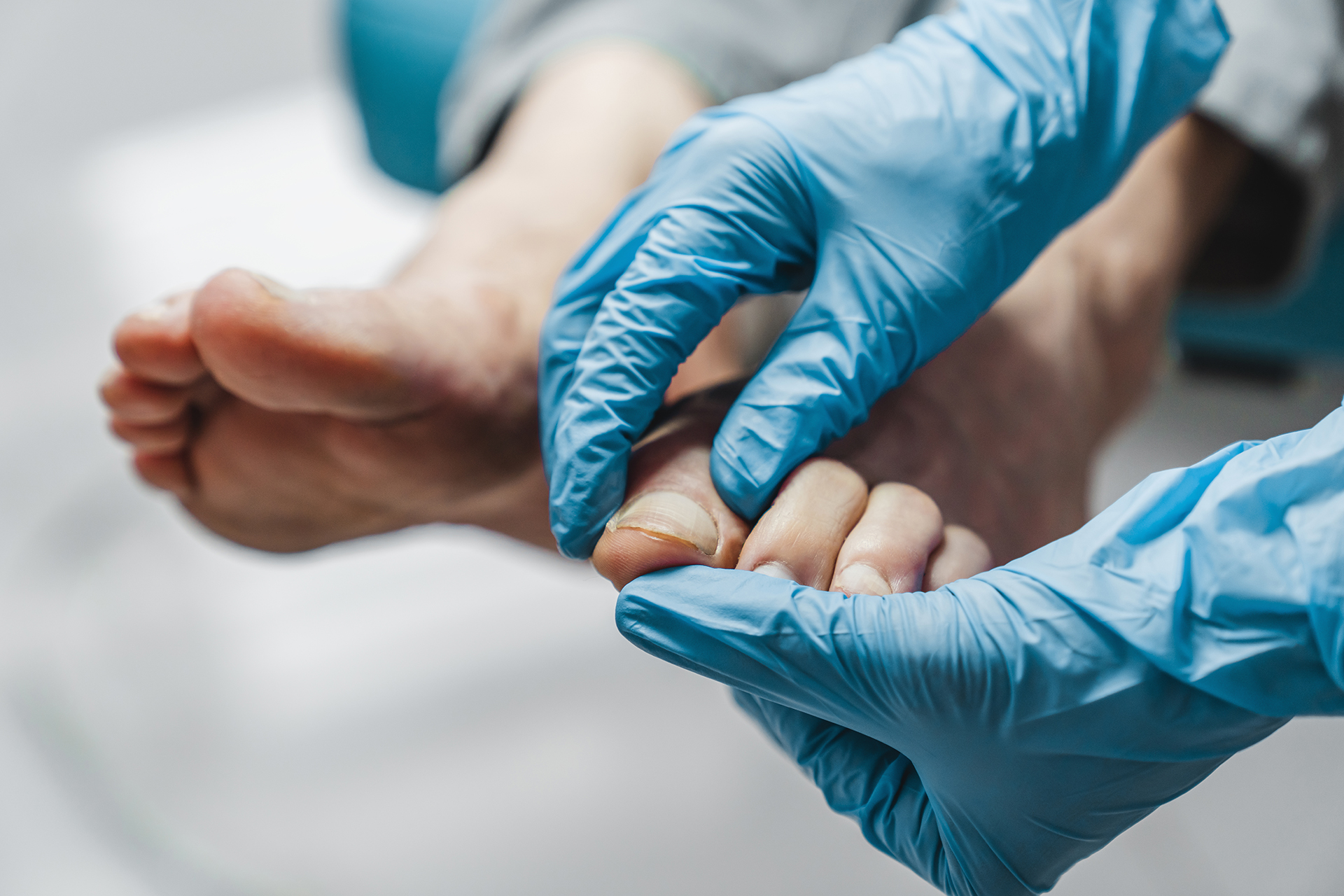
FAQs about Turf Toe Injuries
What is a turf toe injury and how do I know if I have the condition?
You may have turf toe if you experience pain, swelling, tenderness, stiffness, or looseness in the joint area surrounding your big toe. It is important to visit a podiatrist who can properly diagnose and treat your condition, rather than self-evaluating if you do indeed have turf toe.
How can I get rid of turf toe?
Rest is the easiest thing to do for turf toe recovery, especially for less severe instances. Your toe needs time to recover, and persisting with regular athletic activity will not only hinder healing, but make the condition worse. You can also use various conservative turf toe treatments, like orthoses, bracing, or taping in addition to rest for best results.
Do I need surgery for my turf toe?
It is unlikely you need surgery for your turf toe unless the injury is very severe. Surgery necessitates a long rest period and is usually only an option after conservative, non-invasive methods have failed, and the injury limits your daily activity.
What increases my chances of turf toe?
Most people who get turf toe are athletes who play sports that require putting immense pressure on the big toe to hard surfaces. In Singapore, people who play tennis, football, or rugby are more likely to injure their toe. The latter two are at higher risk if they play on astroturf, as opposed to natural grass.
Make an Appointment Today
Each case of turf toe is different, as multiple parts of the MTP joint capsule can be damaged. If your turf toe is not healing on its own, the best treatment depends on the injury’s severity and location.
Make an appointment with our sports podiatrist to evaluate your foot and ankle injury today.

